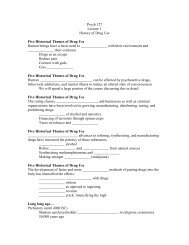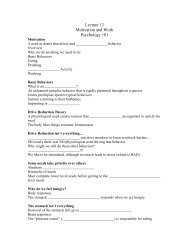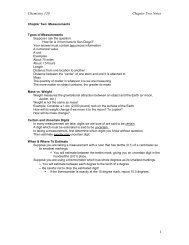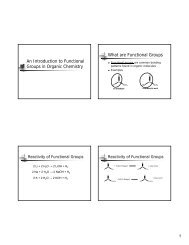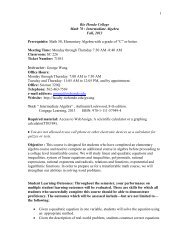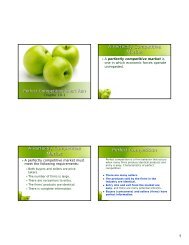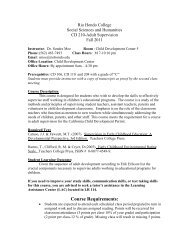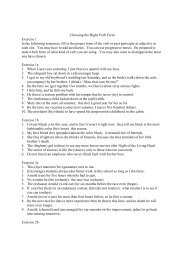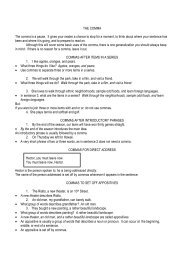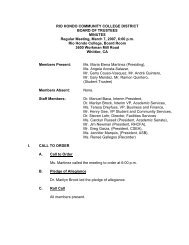Green Building and LEED Core Concepts Guide First Edition
Green Building and LEED Core Concepts Guide First Edition
Green Building and LEED Core Concepts Guide First Edition
Create successful ePaper yourself
Turn your PDF publications into a flip-book with our unique Google optimized e-Paper software.
THINK ABOUT IT<br />
<strong>Green</strong> lawns <strong>and</strong> green buildings. Many commercial building l<strong>and</strong>scapes<br />
include some turf, yet most of these spaces are not intended for picnics or play.<br />
Since turf tends to be water intensive, why is it the go-to choice for l<strong>and</strong>scapes<br />
Why has it become the "baseline" plant material Why does it cover so many<br />
median strips Why should it not<br />
PROCESS WATER<br />
Process water is used for industrial processes <strong>and</strong> building systems, such<br />
as cooling towers, boilers, <strong>and</strong> chillers. Thesc sysrems provideheat,coolair<strong>and</strong>water<br />
for building operations. Process water also includes the water used for certain business operations<br />
(such as washing machines <strong>and</strong> dishwashers).<br />
Commercial building projects can reduce process water use<br />
by selecting efficient cooling towers, chillers, boilers, <strong>and</strong><br />
other equipment, <strong>and</strong> by integrating harvested rainwater <strong>and</strong><br />
non potable water to work in conjunction with the specified<br />
equ ipment.<br />
Since process water volumes can be significant, underst<strong>and</strong>ing how that water is being used is important.<br />
Teams can install submeters on each of the major wat~r-using systems to find out where<br />
the water is going <strong>and</strong> where they should focus their conservation efforts. Metering cooling tower<br />
makeup water (water lost to evaporation during cooling tower operation) is particularly important<br />
because facilities may be able to receive credit from the utility company for sewer charges, since the<br />
water is not entering the sewer system.<br />
Strategies for reducing process water use:<br />
• Use nonpotable water. Use the right water for the right purpose. Investigate opportunities to<br />
use captured ramwater, graywater, or mUnicipally reclaimed water in bu ildmg processes <strong>and</strong><br />
systems, such as cooling towers .<br />
• Install submeters. Meter the process water systems <strong>and</strong> use the data to track consumption<br />
<strong>and</strong> identify leaks.<br />
Water Efficiency 41




